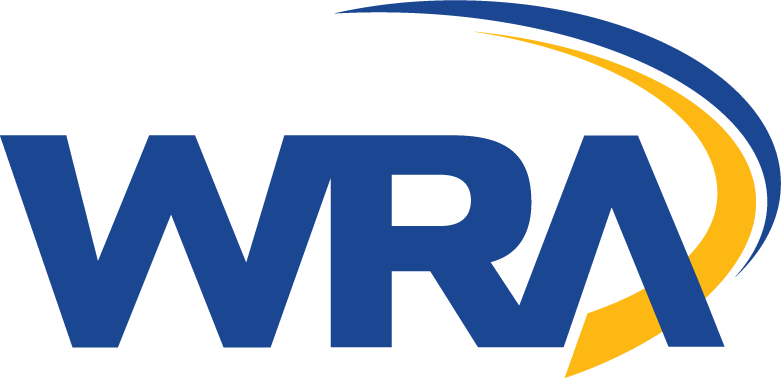In 1960, Jacques Cousteau reveals the sea's greatest secrets..
His Deepstar 4000 submersible allows a three-person crew to venture nearly a mile beneath the ocean surface.
In 1967, WRA helps start a suburb from scratch..
WRA handles civil site and land development for Columbia, MD, a planned community with the mission of improving quality of life and eliminating racial and class segregation.
America moves to the 'burbs.
The post-WWII trend of the middle-class trading city life for yards and picket fences reshapes the American experience.
WRA gives the U.S. space program a boost..
Engineers design the Bendix ESAR (Electronically Steerable Array Radar) Facility and Spadat Radar AN/FPS 85 Space Tracker to monitor objects in orbit.
Pushing the limits of space and time..
In his 1961 speech to Congress, President Kennedy challenges the nation to send a man to the moon and bring him back safely—before the end of the decade.
On the road again..
WRA spearheads an array of projects including JFK Memorial Highway, MD 177, I-95 in Wilmington, and multiple byways in Virginia.
Fortifying America's Infrastructure, One Pothole at a Time .
To improve aging roads, President Kennedy approves the Federal-Aid Highway Act of 1961, adding $900M to the interstate program.
In 1958, WRA taps the Susquehanna River.
WRA designs the Susquehanna Water Supply line, nicknamed "The Big Inch"—a 9-foot wide pipe transporting water from the river to hundreds of thousands in central Maryland.
Maryland grows thirsty..
The Old Line State's population increases 70% from the 1930s and 1950s, creating an insatiable demand for water.
WRA collaborates on President Eisenhower's Interstate Highway System..
WRA designs the I-83 Baltimore-Harrisburg Expressway, the I-895 Patapsco Tunnel approach, and US 140—a vital link between Baltimore and Gettysburg.
